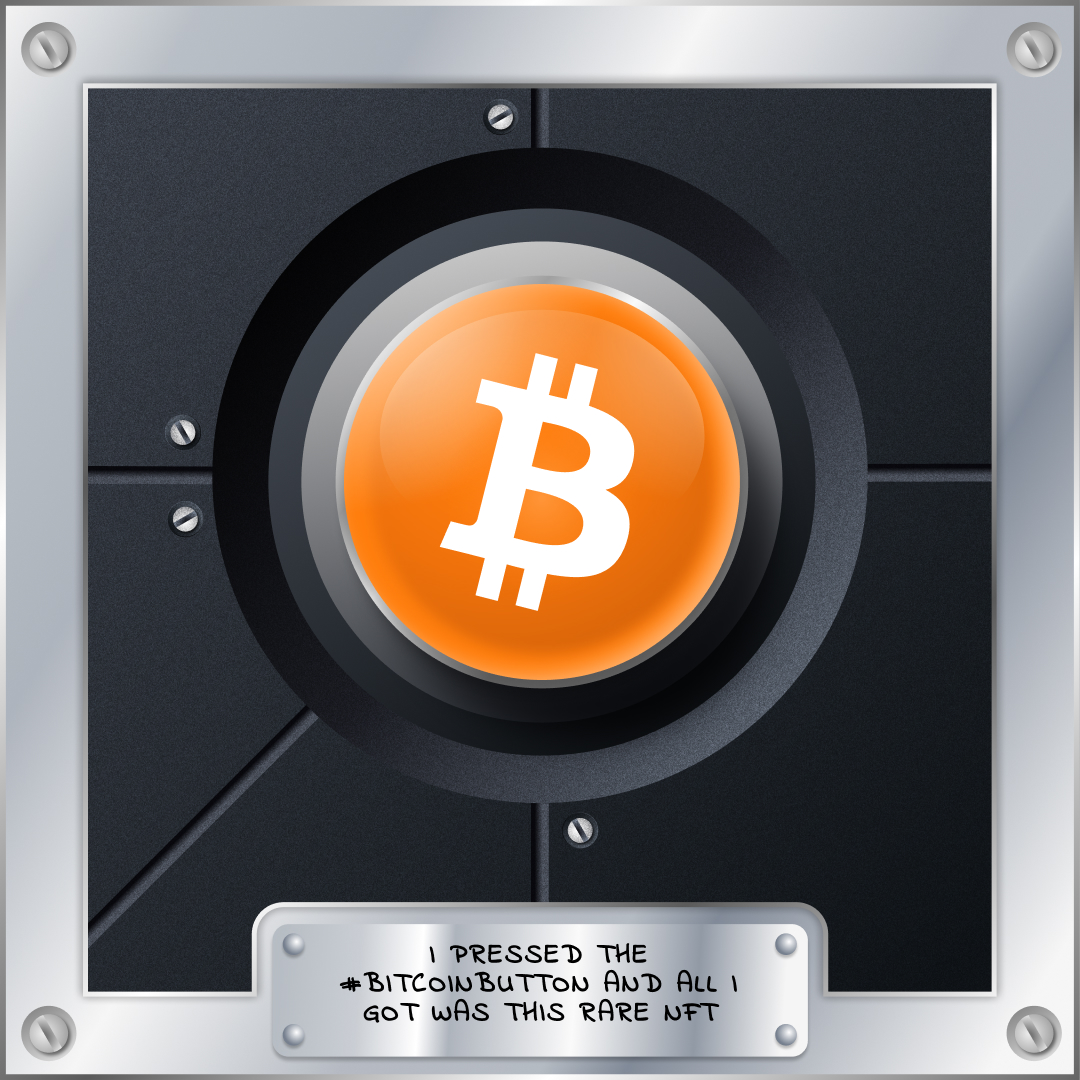According to U.Today, XRP Ledger, the decentralized blockchain network that powers the XRP cryptocurrency, is set to undergo significant upgrades. This has sparked anticipation and excitement within the cryptocurrency community. New proposals and discussions are currently underway, focusing on Compliance, Smart Contracts, Automation, TradFi and DeFi, expanding features, Sidechains, and improving user experience. These developments are expected to strengthen XRP Ledger's position as a leading player in the digital asset space.
Krippenreiter, an XRP Ledger and DLT researcher, has shared a comprehensive list of what's in store for XRP Ledger. Some of these include DID, which allows for sharing and controlling individual digital identities on the XRPL, with the personal data that links ID being held off-chain. This amendment is currently being voted on, with a new bug fix set to be released in v2.2.0.
The XChainBridge amendment, which allows for cross-chain asset transfers across distinct independent ledgers, is also being voted on. This includes mainchains like XRPL and sidechains such as an EVM-Sidechain. Use cases include adding wrapped XRP as a native asset on a sidechain and EVM-Interoperability. A new bug fix for this amendment is also set to be released in v2.2.0.
Price oracles, which implement a native mechanism that retrieves off-chain data from an Oracle provider for usage on the XRPL for dApps, DEX, and other XRPL-based protocols, are also being voted on. This serves as AMM version 2, with a new bug fix set to be released in v2.2.0.
Several other amendments are up for discussion, including the Managed Single Asset Tokenized Pool, Sponsored Fees and Reserves, NFToken Escrows, proposed Lending Protocol, and Atomic/Batch Transactions. XRPL Plugins and Hooks are currently in the draft stage. The proposed Lending Protocol would allow for native decentralized lending on the XRPL by using single-asset pool funds to offer fixed-term loans with preset conditions for interest-bearing debt. The Atomic/Batch Transactions Status would allow the grouping of up to eight transactions into a single unit to allow for simple 'smart-contract-like' automation.





